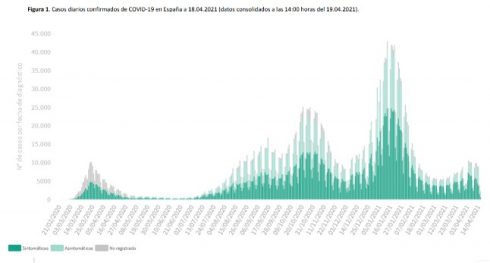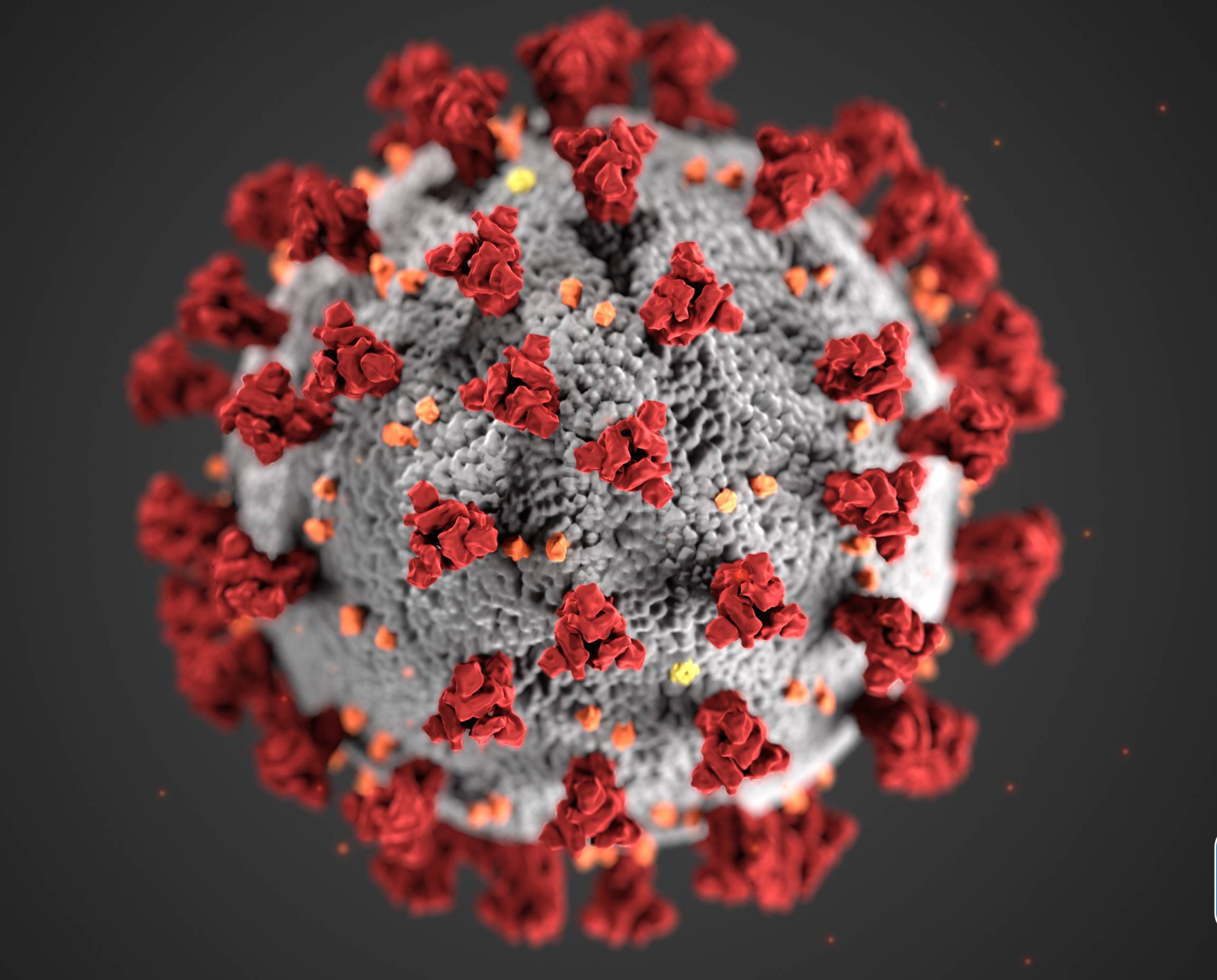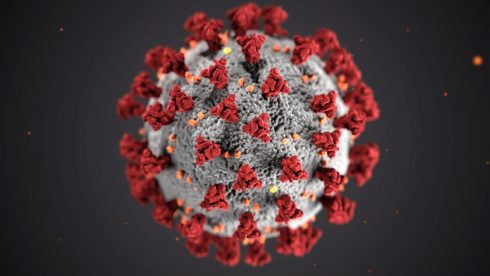THE British variant of Covid-19 is responsible for spreading the fourth wave of coronavirus across Spain according to the latest data, but the nation’s chief epidemiologist insists this is a good thing.
The B.1.1.7 strain, dubbed the British variant because this is where it was first detected is now responsible for almost 86% of cases of coronavirus across Spain, a huge increase on the 2% detected in January when the third wave reached its peak.
Early fears over the new variant led to Spain closing its borders to travellers from the UK unless they were resident here in a bid to halt its spread.
It was feared that not only was the Kent strain – as it is known in Britain – more contagious but it could prove more lethal pushing Spain’s hospitals into a critical condition.
However, despite being responsible for almost all cases now detected across Spanish territory, the nation’s hospitals are not being overwhelmed in the same way they were during earlier waves.

The latest data shows that 22% of beds in intensive care units are currently taken up with Covid-19 patients, far below the peak seen in the third wave when on February 1, 45.3% of ICU beds in Spain were occupied by Covid patients.
Fernando Simon, Spain’s Director of the Coordination Centre for Health Alerts and Emergencies predicted that the British variant could in fact be advantageous for Spain.
“It’s now our variant,” Simon said in a televised press conference earlier this month, adding that it “could be benefiting us” as “it’s leaving no room” for the potentially more dangerous South African and Brazilian variants to take hold.
The latest data shows that British variant is responsible for an average of 86% of cases across Spain while just three cases of the South African variant, and 32 cases of the Brazilian have been detected, according to the latest data published on April 19.
Eight regions of Spain now record more than 90 percent of cases as the British variant. These are, Asturias has the highest with 98.8 percent of cases detected, followed by Extremadura (97,7%), Navarra (96,1%), Andalucía (96%), Cantabria (95%), Castilla y León (93,5%), País Vasco (91,1%) and Galicia (90,3%).
The Canary Islands has 88.4% of its cases detected as B.1.1.7, Melilla (85,6%), Murcia (84,4%), La Rioja (82,6%), Madrid (79,8%), Catalunya (78,7%), Castilla-La Mancha (78,6%), Balearic Islands (77,8%) and Aragón (74,2%).
This dominance of the British strain of Covid-19 in Spain could work in favour of loosening restrictions on travel between Spain and the UK and allowing British holidaymakers to visit over the summer.
Currently Britain is considering the categorisation of countries under a traffic light system based on the level of risk. Those returning to the UK from green light destinations won’t have to undergo the compulsory quarantine that is currently required.
The other piece of good news according to health experts is that current vaccines in use in Spain are effective in preventing the British variant, something that may not be the case with the Brazilian and South African strains.
Spain insists it is still on track to inoculate 70% of its population by the end of summer despite vaccine supply problems causing delays in rolling out the vaccination programme.
READ MORE:
- EXPLAINED: What we know about proposed travel rules to Spain under new ‘vaccine passport’ scheme
- ANALYSIS: Will UK’s new travel traffic light system allow holidays to Spain this summer?
- EXPLAINED: What expats need to do to get Covid-19 vaccine in Spain
Click here to read more Coronavirus News from The Olive Press.








